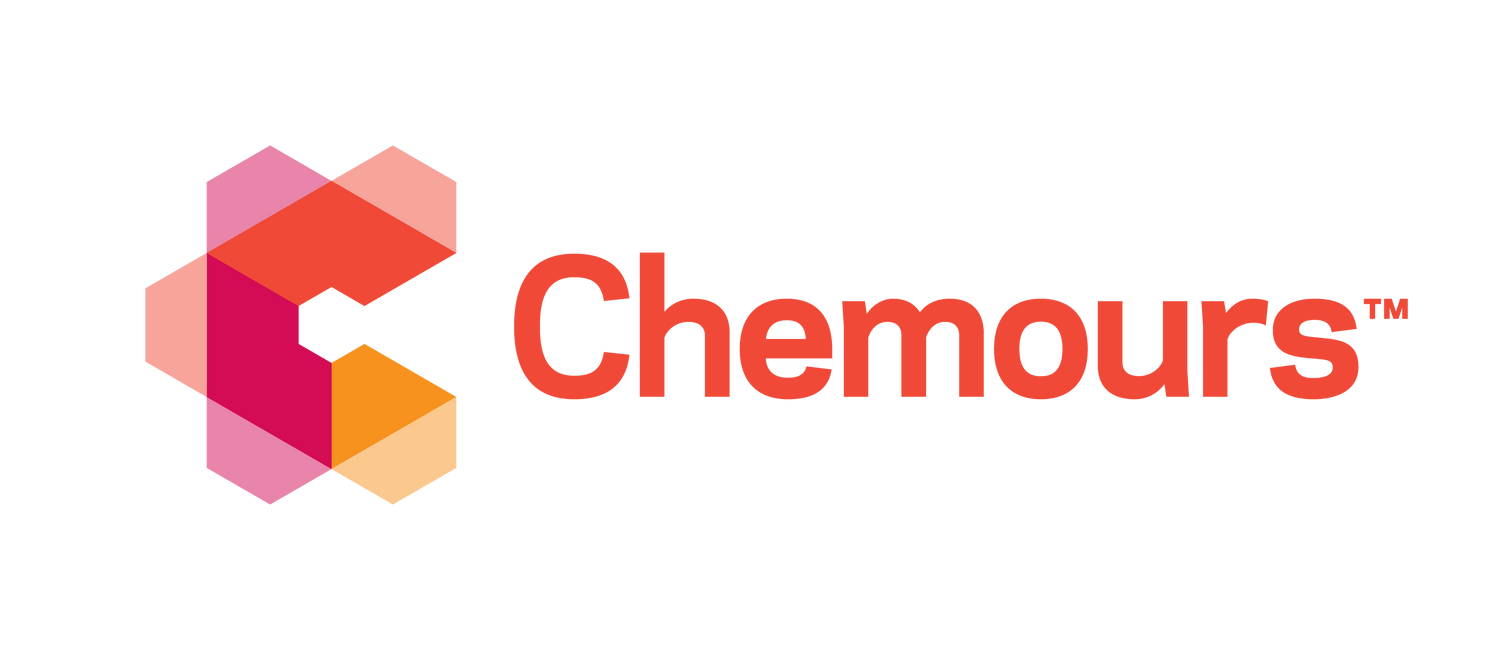What Could a 40% Reduction in Data Center Energy Use Mean for the Grid?
Adopting new technology can deliver energy efficiency gains while meeting AI and data center demands
The ballooning energy demands of artificial intelligence (AI) and data centers are driving big plans to potentially triple nuclear power capacity in the U.S. by 2050. From discussions of restarting a reactor at Three Mile Island to the deployment of small modular reactors, data centers need certainty about how they’ll keep pace with data streaming and processing demands at a time when the grid is tapping out.
In the U.S. alone, Goldman Sachs has estimated that data centers, excluding cryptocurrency mining, will increase their power consumption from 3% to 8% of all power generated in the U.S. by 2030. Coupled with this massive growth is a near flatline in data center energy efficiency.
While the potential growth and restart of nuclear may offer a long-term solution to support energy demand, it does not address the root issue and is grabbing global headlines recently. Bloomberg reported that a calculation from RMI found that two-thirds of today’s energy supply is wasted. That equates to roughly 5% of global GDP or $4.6 trillion annually.
While strategies to build clean energy capacity are undoubtedly critical to address long-term energy demand, improving energy efficiency may be the low-hanging fruit that can drive meaningful impact now and into the future.
Two-phase immersion cooling – a new type of cooling technology that allows data centers to submerge whole server racks in a high-performance dielectric fluid – represents a huge opportunity to reduce energy consumption as chips run faster and hotter. Broad industry adoption of two-phase immersion cooling (2-PIC) in the U.S. has the potential to eliminate up to 21.6 terawatt hours (TWh) of future capacity according to estimates, the equivalent of powering over 2 million American homes1.
The potential energy efficiency gains are enormous – up to 40% of the energy data centers use today. Much of that efficiency is created by reducing the energy use associated with traditional data center cooling systems (e.g., air cooling), which, based on publicly available product roadmaps from major chip manufacturers, won’t be able to meet the cooling needs of most next-generation, high-performance computing chips by 2026.
Chemours is proud to be at the center of 2-PIC technology as the innovator of Opteon™ 2P50, a new developmental dielectric fluid designed specifically for data center needs. Through the activities and collaborations of our Immersion Cooling Growth Venture team, we’re working to expedite the commercialization of this fluid, elevate awareness, and drive the adoption of 2-PIC technologies.
As growing high-power computing and AI demands push the limits of what chips can deliver, 2-PIC can keep pace on the cooling side, establishing it as a technology for today and well into the future. So, while work continues to bring more energy capacity onto the grid, data center operators and hyperscalers can make meaningful progress on decreasing the total energy required through smart, sustainable technology adoption enabled by 2-PIC.
1Based on data and modeling by Chemours using information from the U.S. Energy Information Administration (EIA); The Green Grid, Liquid Cooling TCO Calculation Tool; assumes 2-PIC provides a 90% improvement over air cooled systems

